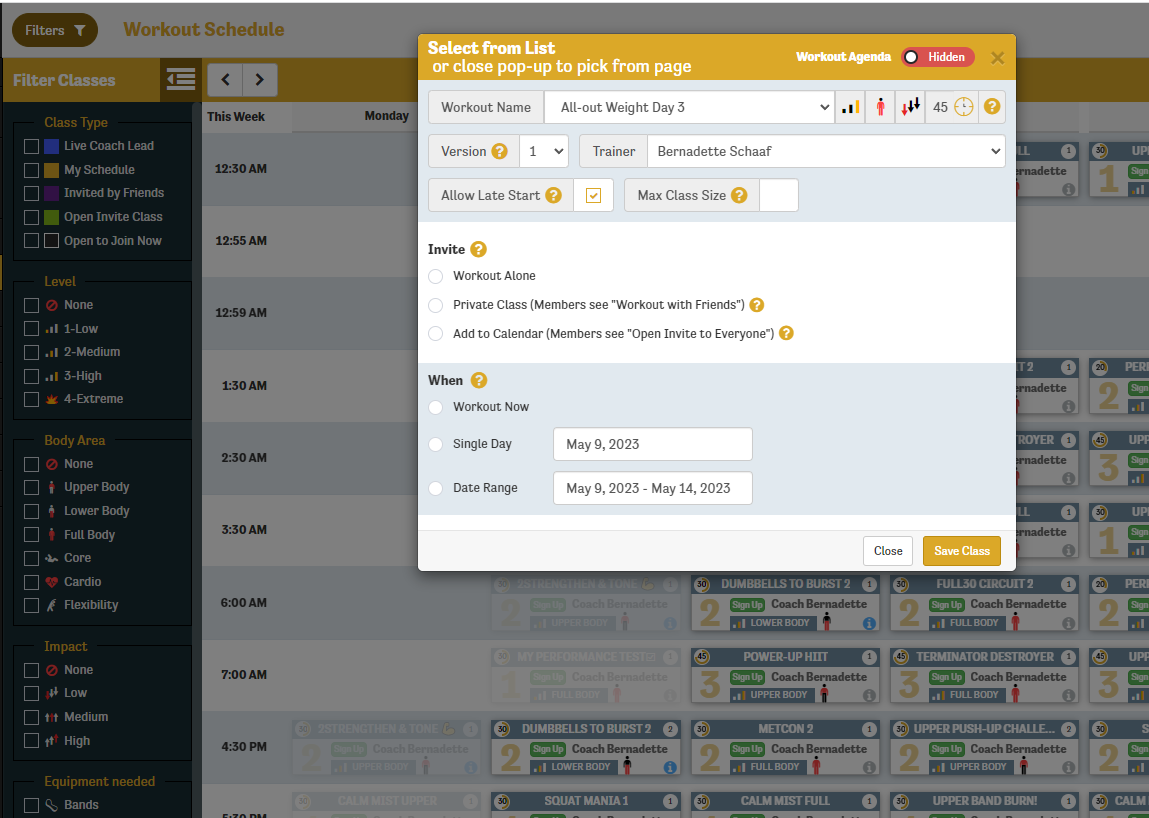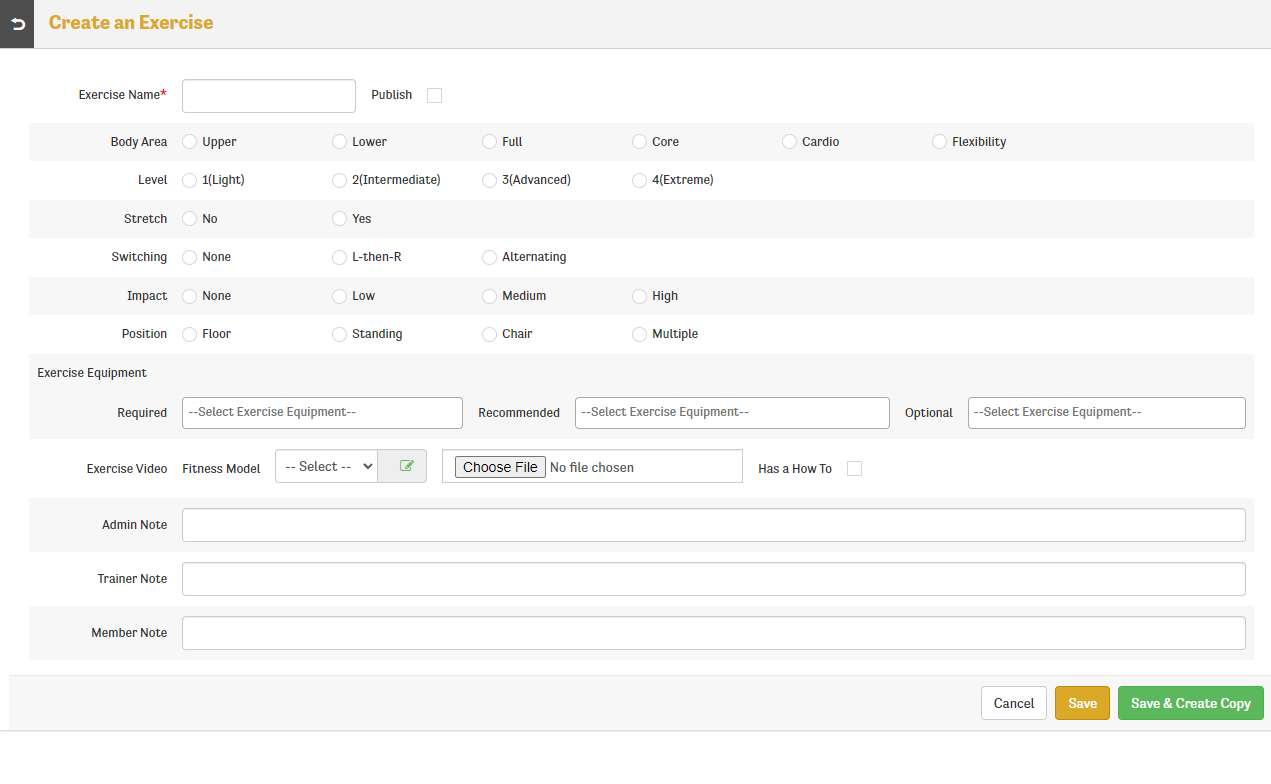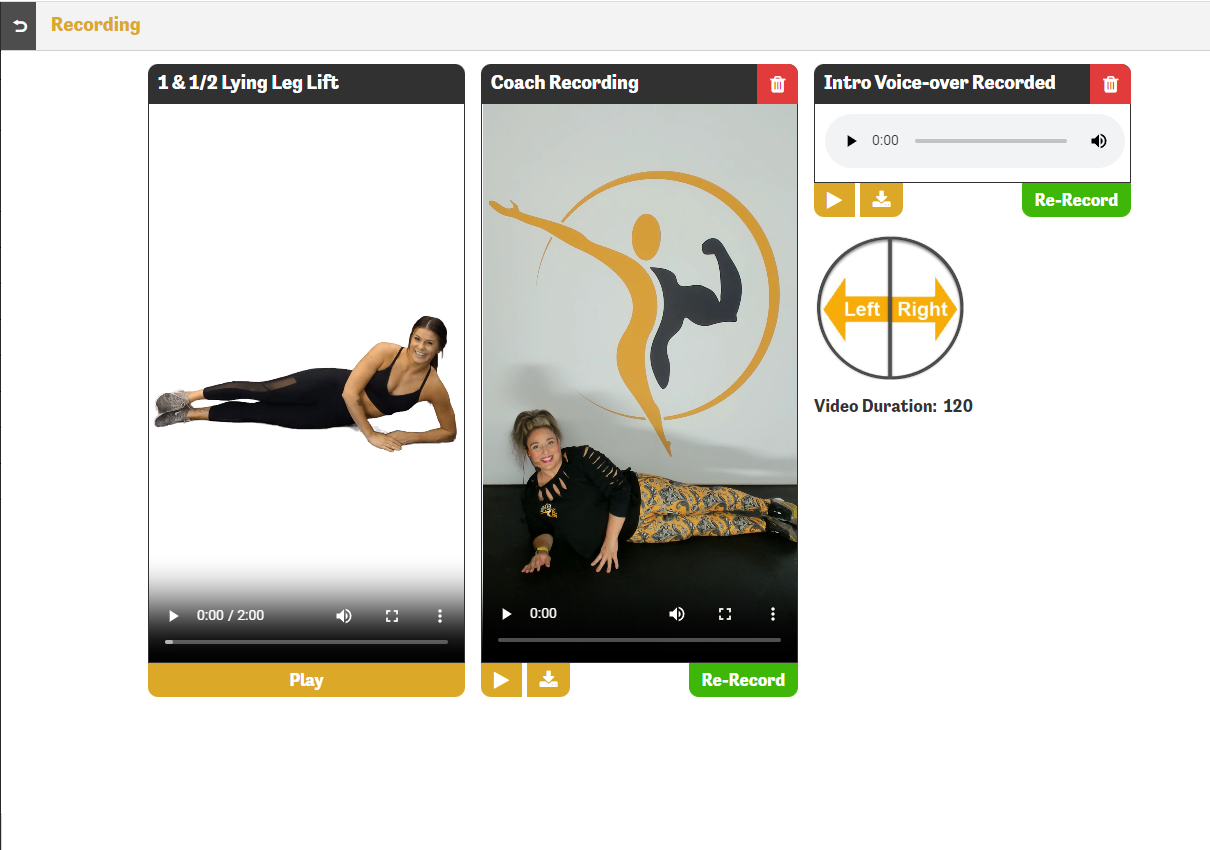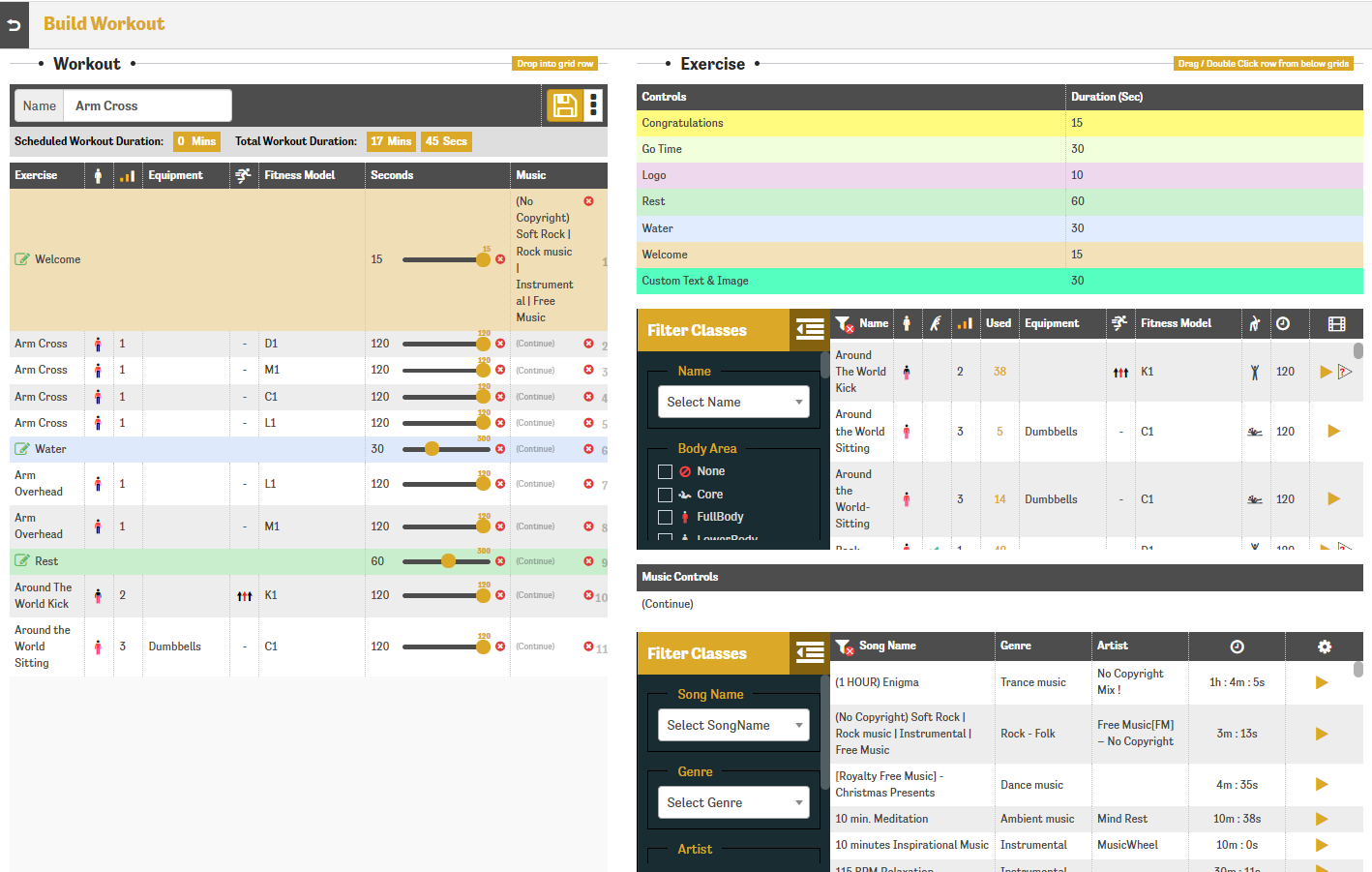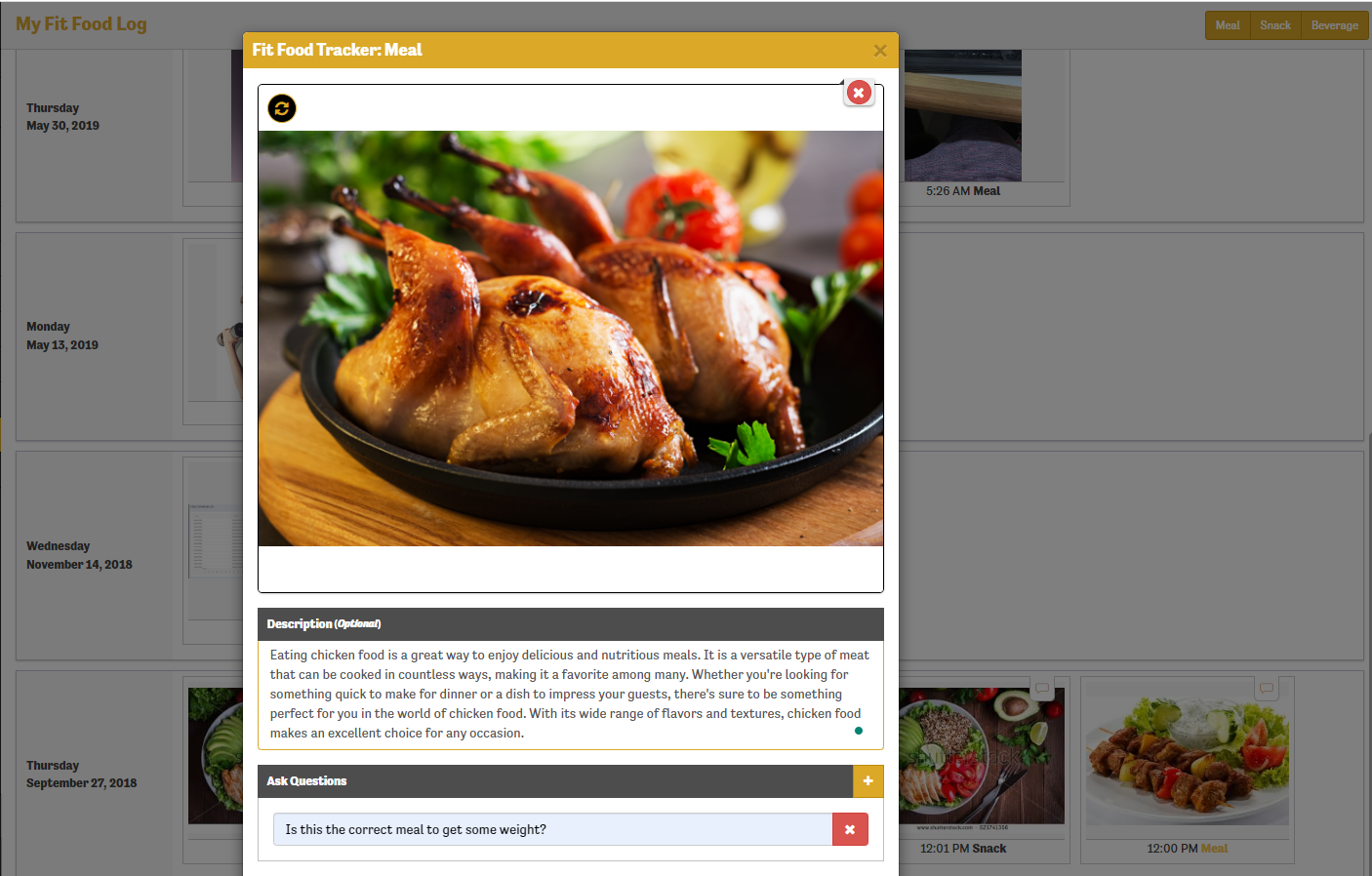Create a workout Schedule
Design a workout Ask yourself if you've ever had an easy schedule. What is your main fitness objective? (e.g., gain muscle, improve endurance, or lose weight) and design a workout around it. You may plan out your workouts for several days each week, and you can set your own times. For the same exercise, you can schedule several sessions. You can select several exercise types in sets with or without equipment. Exercise intensity can be adjusted based on your physical condition and health. You can concentrate on any specific body component, such as your core, legs, or upper body. You can work out on your own, in groups, with friends, and with or without the trainer.

